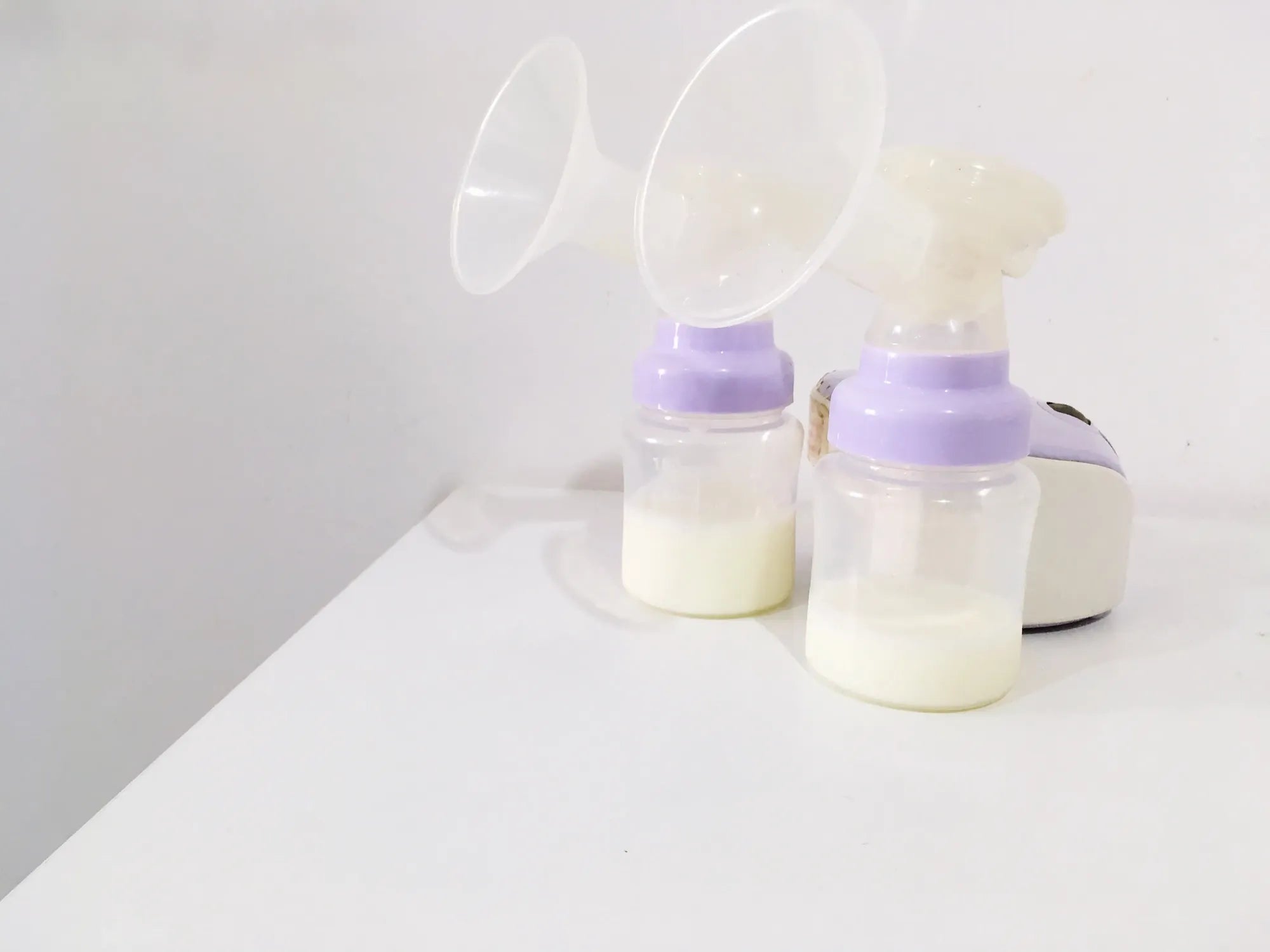Home
Pregnancy, Breastfeeding, and Pumping: The Ultimate Guide for Moms
How Long Do You Leave a Breast Pump On For: A Comprehensive Guide

How Long Do You Leave a Breast Pump On For: A Comprehensive Guide
Breastfeeding is a deeply personal journey, and for many mothers, a breast pump becomes an essential tool. Whether you're returning to work, managing low milk supply, or simply seeking flexibility, understanding how long to leave a breast pump on is crucial for both efficiency and comfort. This guide will walk you through everything you need to know to make the most of your pumping sessions.
Understanding Breast Pump Usage
Using a breast pump effectively requires a balance between time, comfort, and milk output. The duration you leave a breast pump on depends on several factors, including your milk supply, the type of pump, and your personal comfort level. Generally, most mothers find that pumping sessions last between 15 to 30 minutes per breast. However, this can vary based on individual needs and circumstances.
Factors That Influence Pumping Duration
Several key factors can determine how long you should leave a breast pump on:
- Milk Supply: If you have a robust milk supply, you may need less time to express milk. Conversely, mothers with low supply might require longer sessions.
- Pump Type: Manual pumps often require more time and effort compared to electric pumps, which can be more efficient.
- Comfort: Prolonged pumping can lead to discomfort or soreness. It's important to listen to your body and adjust the duration accordingly.
- Frequency: If you pump frequently throughout the day, shorter sessions may suffice. Less frequent pumping might necessitate longer durations.
Recommended Pumping Times
For most mothers, a pumping session of 15 to 30 minutes is sufficient. Here's a breakdown of what to expect:
- Single Pumping Session: Aim for 15 to 20 minutes per breast. This allows enough time to stimulate milk flow and empty the breast effectively.
- Double Pumping Session: Using a double pump can reduce the total time to 10 to 15 minutes, as both breasts are stimulated simultaneously.
- Low Milk Supply: If you're struggling with low supply, extending the session to 30 minutes or more might help stimulate production.
Tips for Efficient Pumping
To make the most of your pumping sessions, consider the following tips:
- Stay Relaxed: Stress can hinder milk flow. Find a quiet, comfortable space to pump.
- Massage Your Breasts: Gentle massage before and during pumping can help stimulate milk flow.
- Use the Right Settings: Adjust the suction and speed settings to match your comfort and milk flow.
- Stay Hydrated: Drinking plenty of water supports milk production.
When to Adjust Pumping Duration
It's important to monitor your milk output and comfort levels to determine if adjustments are needed. If you notice a decrease in milk supply or experience discomfort, consider shortening or extending your pumping sessions. Additionally, consult a lactation consultant if you have concerns about your pumping routine.
Balancing Pumping and Personal Well-Being
While pumping is an important part of breastfeeding, it's equally important to prioritize your well-being. Avoid over-pumping, as this can lead to fatigue and discomfort. Instead, focus on creating a sustainable routine that works for you and your baby.
Mastering the art of pumping takes time and patience. By understanding how long to leave a breast pump on and implementing these tips, you can optimize your sessions and enjoy a smoother breastfeeding journey. Remember, every mother's experience is unique, so trust your instincts and seek support when needed.
Share
